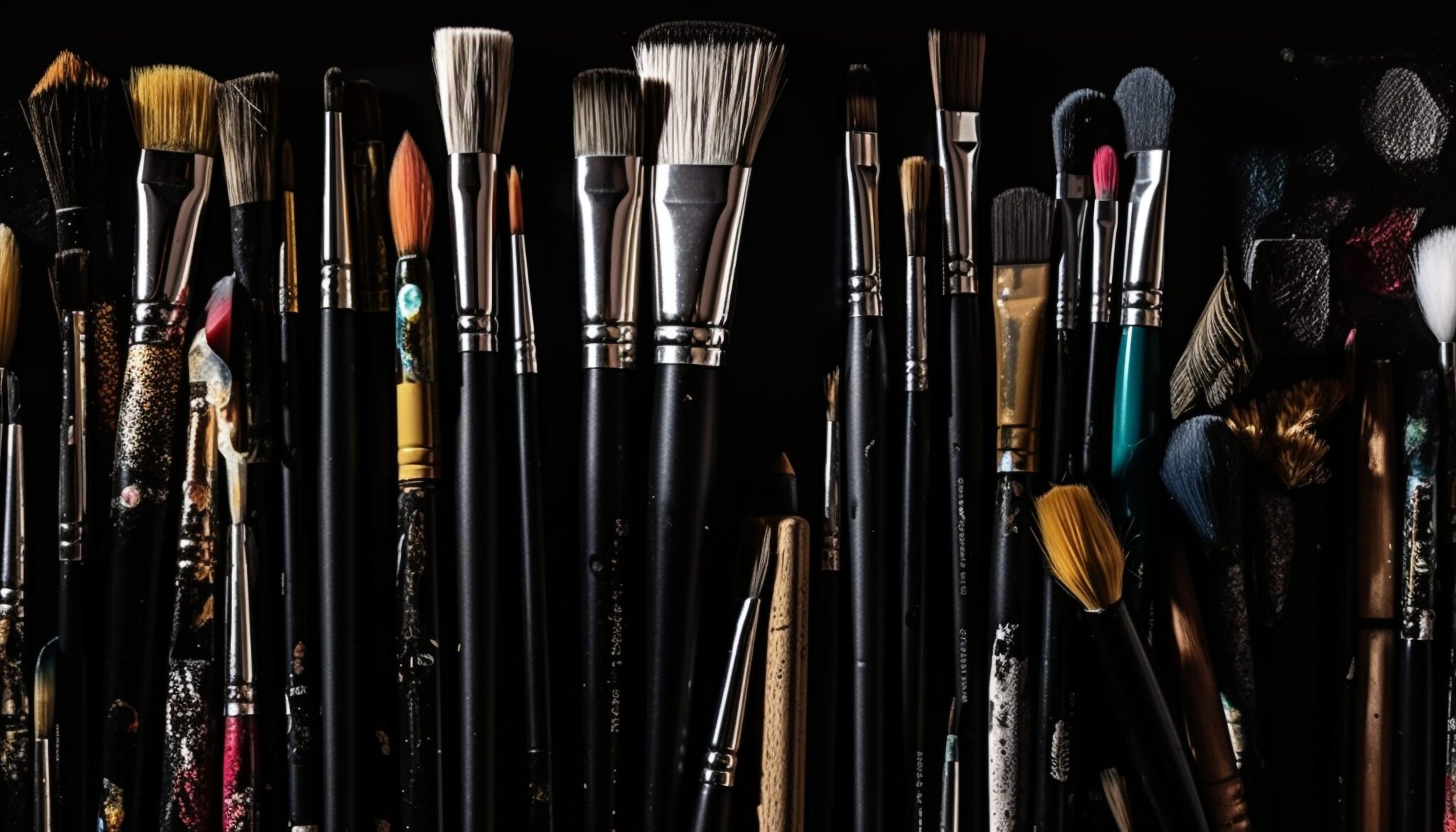The detail brush is an indispensable tool for artists aiming to achieve realism in portrait painting. With its fine bristles and ability to create intricate lines and highlights, the detail brush allows for the precise application of paint required to capture the subtleties of human features. This guide explores the secrets behind using the detail brush effectively, along with techniques that will help you achieve stunning realism in your portraits.
1. Understanding the Detail Brush
Characteristics:
- Thin, Fine Bristles: The fine tip of the detail brush allows for precision in the application of paint, making it suitable for tiny details.
- Variety of Sizes: Available in various sizes, from extremely fine to slightly broader options, enabling versatility in detail work.
- Pointed Tip: The tapered bristles maintain a fine point, essential for intricate applications.
2. Best Uses for the Detail Brush in Portrait Painting
- Facial Features: Perfect for adding fine details such as eyelashes, eyebrows, and the contours of the eyes.
- Hair Texture: Essential for painting individual strands of hair or creating subtle variations in hair color and texture.
- Highlighting and Shadows: Ideal for applying highlights to skin, eyes, and hair as well as adding nuanced shadows for depth and realism.
3. Techniques for Using the Detail Brush
Here are techniques specifically designed to help you use the detail brush effectively in portrait painting:
a. Layering Colors
- Thin Layers: Apply paint in thin, translucent layers. Begin with a base color for the skin and use glazes created with the detail brush to gradually build up color. This layering technique will create depth and a lifelike appearance.
b. Creating Fine Details
- Precision Work: Load the brush carefully to avoid overloading. A small amount of paint will create fine lines. Use the tip to draw as lightly as possible, building on details like the outlines of the eyes, the bridge of the nose, and the contours of the lips.
- Use of Underdrawing: Start with a light pencil sketch on your canvas. Use the detail brush to carefully trace and fill in details based on your sketch, ensuring the proportions and shapes are accurate.
c. Painting Hair Strands
- Individual Strands: Use a flicking motion to create the appearance of individual hair strands. Start at the root and flick outward to mimic the natural growth pattern.
- Mix Colors: Combine various shades to add dimension to the hair. The detail brush allows you to paint fine strokes of different colors, enhancing the complexity of the hair texture.
d. Highlights and Shadows
- Layering Highlights: Start with a base color for the skin and add highlights with a lighter color using the detail brush. Focus on areas such as the cheekbones, brow bones, and the tips of noses to create a three-dimensional effect.
- Subtle Shadowing: To create depth, apply slightly darker shades of skin tone in shadowed areas such as under the chin and around the eyes. The precision of the detail brush helps maintain realism without harsh lines.
4. Achieving Realism in Skin Tones
- Mixing Skin Tones: Create various skin tones by blending colors on your palette. Use the detail brush to apply subtle variations in tone to replicate natural skin appearances, focusing on areas of warmth (peaches, reds) and coolness (blues, greens).
- Glazing Technique: Apply very thin layers of transparent color over the base skin tone to build depth. This technique enables you to create realistic variations similar to how light interacts with skin.
5. Cleaning and Maintenance
To ensure your detail brush remains in excellent condition for precision work:
- Rinse Frequently: Clean the brush regularly while you work. This helps prevent the buildup of paint, which can affect performance and lead to unwanted texture.
- Thorough Cleaning: After completing your painting session, wash the brush in warm soapy water, shaping the bristles as you clean to ensure it retains its fine point.
- Proper Storage: Store your detail brush upright or in a protective case to maintain the integrity of the bristles.
6. Conclusion
The detail brush is a powerful ally for artists striving to achieve realism in portrait painting. By employing techniques that focus on layering, fine detail work, and proper color mixing, you can create lifelike portraits that capture the essence of your subjects. Practice regularly to refine your skills and explore how the detail brush can elevate your artistic expression.
Explore our selection of detail brushes and other essential art supplies available at urartstudio.com to support your creative journey!
Be sure to visit our online store at https://urartstudio.com/shop/ for a variety of art supplies and tools. Additionally, check out valuable painting tips at urartstudio.com/painting-tips/ and our step-by-step painting instructions at https://urartstudio.com/step-by-step-painting-instructions/ for further enhancing your skills.
Keywords: detail brush, realism, portrait painting techniques, fine detail, art supplies.
#DetailBrush #Realism #PortraitPainting #PaintingTechniques #ArtSupplies



Leave a Reply
You must be logged in to post a comment.